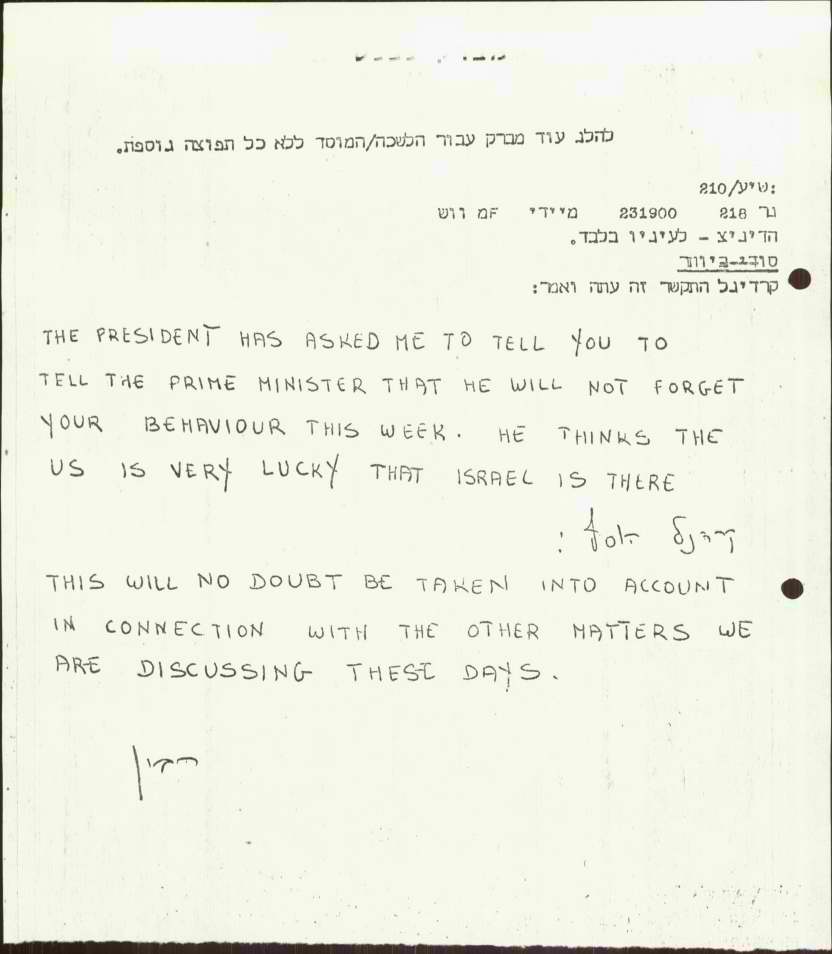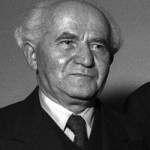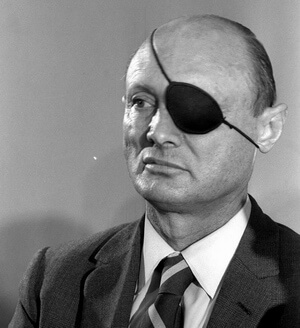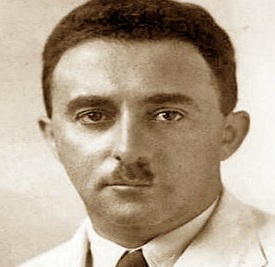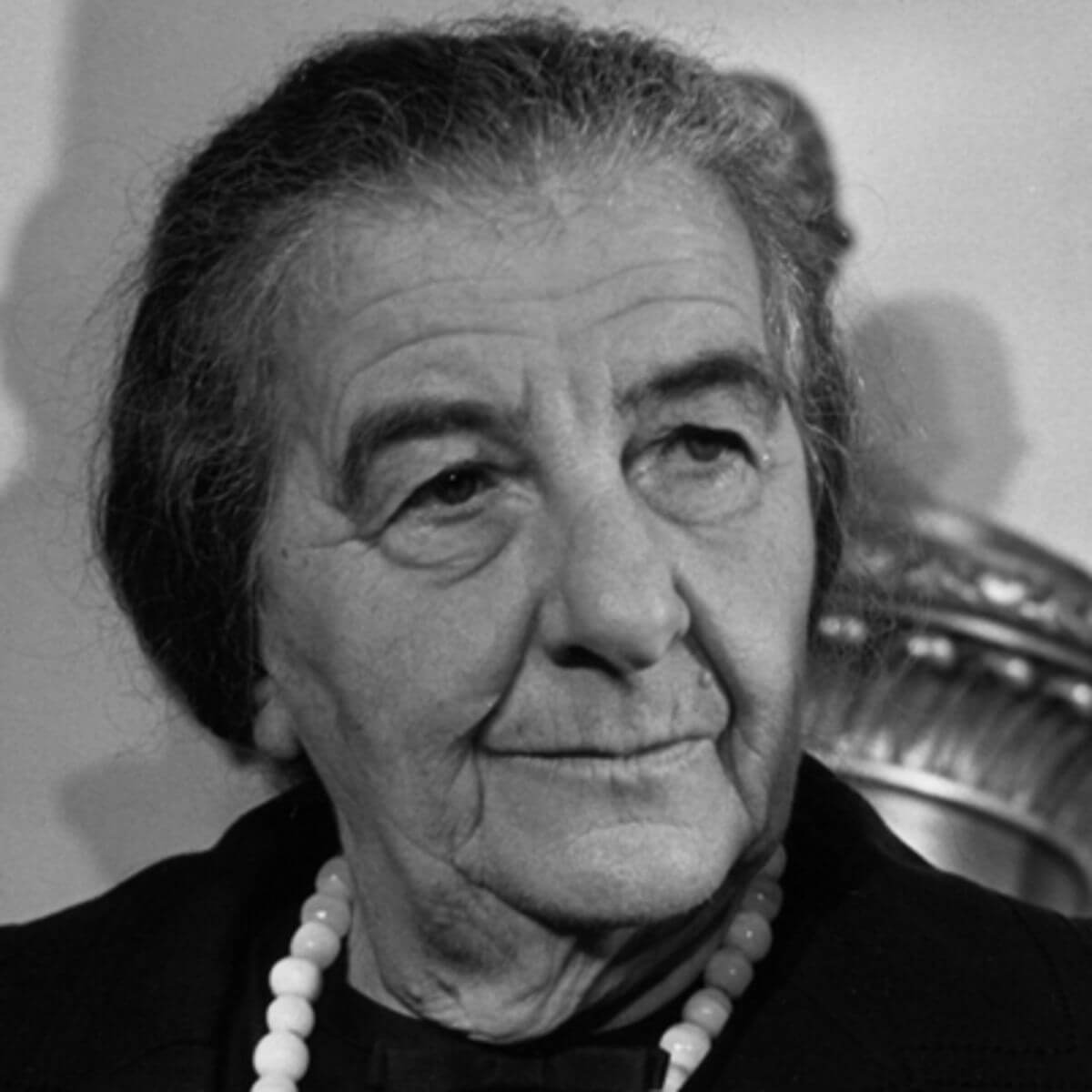א.1 | From Chief of Staff to Ambassador
We know the late Yitzhak Rabin as a Palmach fighter, as chief of staff during the Six Day War and as the defence minister and prime minister of Israel, but there is one important period in his life which is less familiar —his posting as Israel’s ambassador to the United States. Why did the celebrated general, who many speculated would immediately enter politics, choose a post that seemed so remote from his previous activities? In his book ‘The Rabin Memoirs‘ (p. 95), Rabin wrote that, based on his military experience, he identified the new reality that Israel faced and understood the importance that the American administration would have in shaping it. The war had not only added territory and strategic assets to Israel but also placed before it weighty policy choices. Rabin sought to take a significant part in leading the diplomatic effort, and on December 3, 1967, the government approved his appointment to the position. On March 5, 1968, a year after he had first mentioned the idea to Prime Minister Levi Eshkol, Rabin presented his credentials to the US President, Lyndon Johnson, at the White House.







